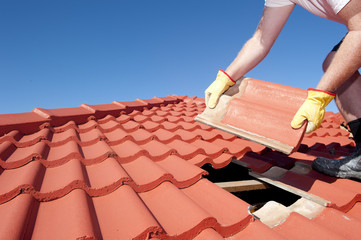Moving services have changed dramatically over the years. What used to be a simple transport task is now specialized. Movers today are expected to be planners, problem-solvers, and protectors of property. The industry has grown beyond lifting boxes.
A modern mover uses more than just strength. Precision, strategy, and digital tools are now part of the job. Inventory software helps track items from start to finish. Nothing is left to chance. Contact Ox Movers Spring TX for professional help.
Packing techniques have become more advanced. Fragile items get customized protection. Movers use eco-friendly wraps that reduce waste. They also minimize damage during transport.
Clients today expect more than transportation. They want coordination and clarity. Movers now handle scheduling, space planning, and layout prep. Everything is organized in advance.
Specialized moves are also rising in popularity. From art collections to wine cellars, each item needs unique care. Movers undergo training for niche items. This ensures safe handling from all angles.
Digital walkthroughs have become a common practice. Clients give virtual tours of their space before moving day. This helps teams plan better and bring the right tools. Efficiency increases through smart preparation.
Load balancing is another evolving technique. Movers distribute weight precisely in vehicles. This prevents shifting and avoids breakage. Safety is ensured throughout the trip.
Climate-controlled trucks are now in demand. Sensitive items like electronics and documents need steady temperatures. Movers monitor internal conditions in real time. Fluctuations are caught early and corrected.
Even route planning is high-tech. Movers use software to avoid traffic, bumps, and construction zones. Optimized routes save fuel and protect fragile loads. It’s not just about speed—it’s about safety.
Many teams now use body cameras during service. This adds a layer of transparency and accountability. Clients can review footage if concerns arise. Trust between mover and customer increases.
Some movers offer overnight transition setups. They unpack and arrange the new space immediately. Families walk into a fully functional home. This service reduces downtime after the move.
Temporary storage is now part of many moving packages. Secure facilities hold items until the client is ready. Movers provide flexible timelines to ease the process. Convenience is a top priority.
Eco-conscious clients are influencing operations. Movers now recycle packing materials after every job. Carbon offset programs are being offered as add-ons. Sustainability shapes each step of the move.
Smart labels are also gaining ground. These QR-coded stickers link to a digital inventory. Clients scan items to track their location and condition. The moving process becomes more interactive.
Insurance options have expanded too. Movers now provide coverage for delays, weather, and loss. These tailored plans offer peace of mind. Protection extends well beyond physical damage.
Training has become more intense in recent years. Movers study ergonomics to prevent injury. Lifting techniques focus on safety and control. Long-term health is just as important as job success.
Some moving companies now employ certified organizers. These professionals help reduce clutter before a move. They guide clients in what to keep, donate, or discard. It adds value to the entire service.
Long-distance moving has also evolved. GPS-tracked convoys keep clients informed at every stage. Updates are sent through mobile apps. Distance no longer causes anxiety.
Smart home moves require technical knowledge. Movers now work alongside IT professionals. Devices are carefully packed and reinstalled. Connectivity is restored quickly in the new space.
Pet relocation is another rising trend. Movers coordinate with animal care specialists. Climate and travel conditions are monitored for safety. Families are reunited with comfort and care.
Senior moves require patience and empathy. Movers go through special training to work with elderly clients. They take extra time and offer emotional support. The process becomes a smoother transition.
Office relocation brings its own challenges. Movers handle servers, files, and workstations. Disassembly and reassembly are done overnight. Productivity resumes without major disruption.
Minimalist living has shaped new moving preferences. Some clients only keep essentials and need fast moves. Movers adjust by offering lighter, faster packages. The industry adapts to lifestyle trends.
Virtual support is now part of premium services. Clients receive video consultations before the move. They get advice on packing, organization, and timing. The entire experience becomes more guided.
Weekend-only moves are in high demand. Movers operate during off-hours to avoid traffic and work conflicts. They provide flexibility without compromising service. Schedules are designed around the client.
The demand for multilingual movers has increased. Communication is essential in diverse communities. Movers now speak multiple languages to serve better. Misunderstandings are minimized from start to finish.
Child-friendly services are emerging as a niche. Movers provide kid-focused packages with supervised zones. Toys, snacks, and safety measures are prepared. Families feel more secure during transitions.
Furniture reconfiguration is another added service. Movers don’t just drop items—they help redesign spaces. They measure, lift, and adjust layouts on request. Clients get more than just delivery.
Flexible pricing models now cater to different budgets. From self-service to full-service plans, options are wide. Movers help clients pick what suits their needs. Affordability meets customization.
High-rise building moves involve more logistics. Elevators, permits, and tight schedules are managed carefully. Movers are trained for vertical navigation. Efficiency increases despite the extra layers.
Seasonal demands affect scheduling significantly. Movers prepare for summer peaks with extra manpower. They adjust during cold months to protect sensitive gear. Each season has its own set of protocols.
Waste reduction has become a key metric. Movers aim to reduce cardboard, plastic, and fuel use. Clients are informed about the environmental impact. Awareness improves behavior during the process.
Emotional support has become a surprising focus. Moving can be stressful, especially for families. Movers now practice calm communication and empathy. They help ease the emotional weight of leaving.
Some services include post-move maintenance. Light cleaning, repairs, and setup assistance are offered. This completes the transition in one seamless step. Clients enjoy a smooth move-in experience.
Cultural sensitivity is another growing factor. Movers respect personal spaces, customs, and rituals. Training includes basic etiquette for diverse homes. Respect builds trust and improves outcomes.
Time-sensitive moves are more common than ever. Emergencies, breakups, or job transfers require speed. Movers have rapid-response teams for urgent jobs. They meet deadlines without compromising care.
Weather contingency plans are now essential. Movers monitor forecasts and adjust schedules as needed. Vehicles are equipped for rain, snow, or heat. Items remain protected through every condition.
Some movers offer silent services for clients with special needs. They work quietly for sensory-sensitive individuals. Lights and sounds are adjusted to reduce stress. The focus is on comfort and control.
Digital payments and paperless contracts are standard now. Clients sign and pay through secure platforms. Transactions are faster and more transparent. The process becomes efficient from start to finish.
Performance reviews are being used to track quality. Clients submit feedback via mobile platforms. Movers are evaluated on speed, care, and communication. Improvements are made based on real-time input.
Data privacy is now a concern during moves. Movers handle documents, devices, and hard drives. Protocols are enforced to avoid leaks. Confidentiality is taken seriously.
The industry continues to evolve rapidly. Movers no longer operate in silence and sweat alone. They offer smart, human-centered solutions. The future of relocation is dynamic and responsive.
Moving is no longer a one-size-fits-all process. Clients want flexibility, support, and security. Movers deliver all three with precision and empathy. Every move tells a new story of change.




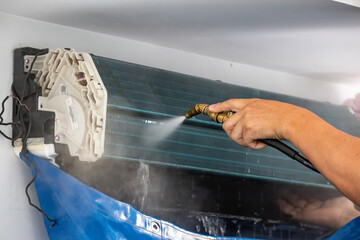
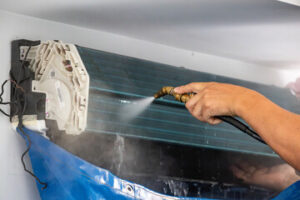
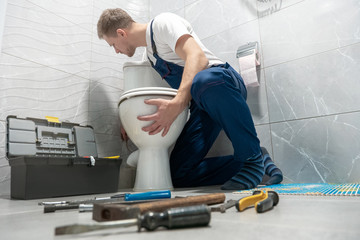





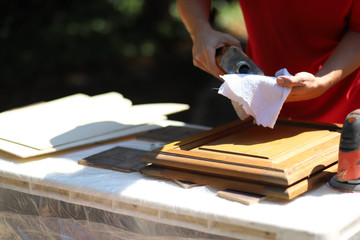


 It’s often said that a home’s value increases by up to 20% because of its attractive landscaping. However, this number varies depending on the type of landscaping and the size of the property. A large custom home, for example, may be able to command a higher price for its landscape because it has the space and potential for a more complex design.
It’s often said that a home’s value increases by up to 20% because of its attractive landscaping. However, this number varies depending on the type of landscaping and the size of the property. A large custom home, for example, may be able to command a higher price for its landscape because it has the space and potential for a more complex design.